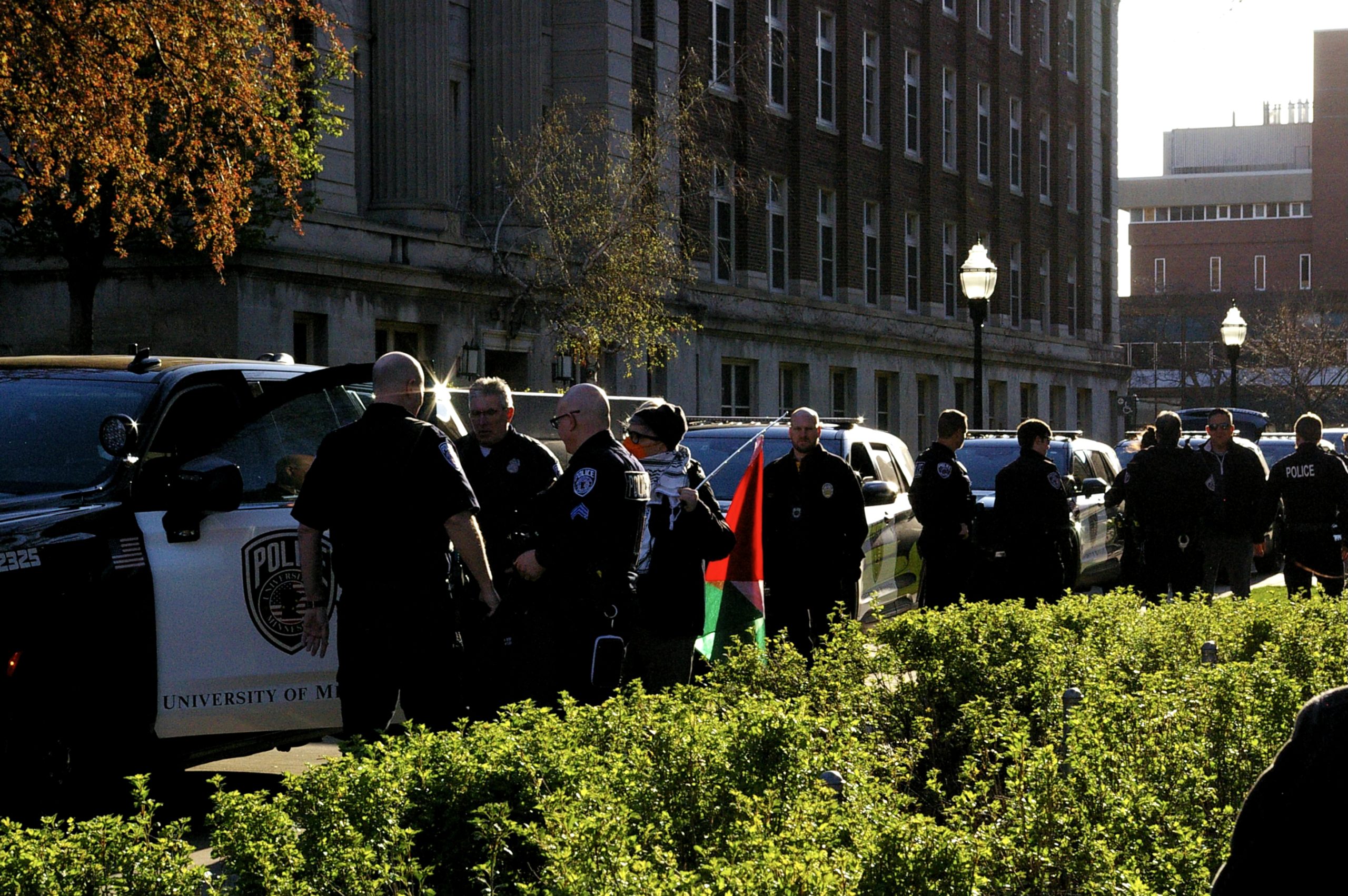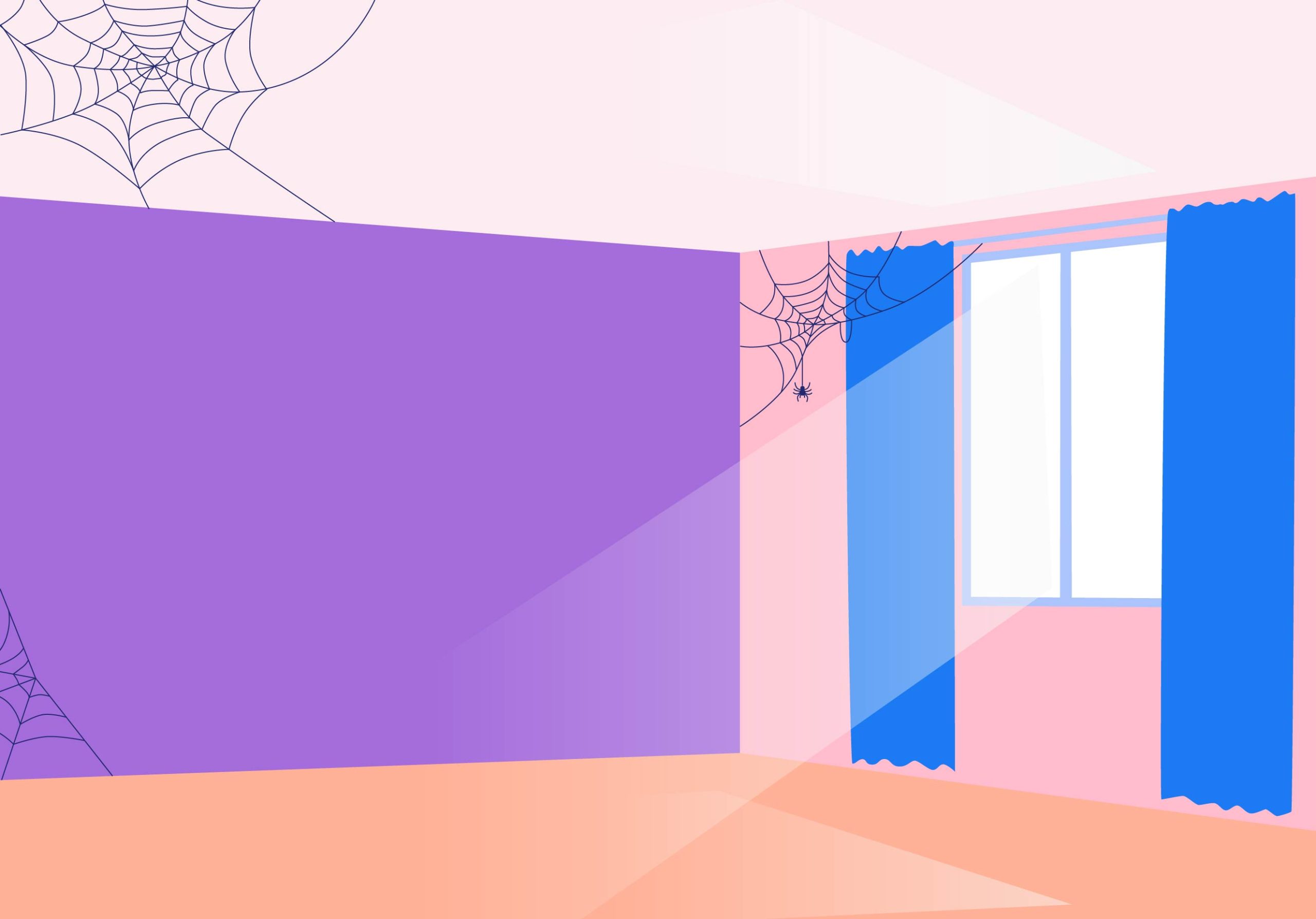Thousands of years ago, our ancestors gazed at the stars and questioned their meaning. Myths and religions were formed around the stars, and ancient mariners found their way home by them. From the Star of David to the use of stars in the Underground Railroad to our national anthem, stars are woven into our everyday being.
Sadly, ground-based astronomy and general stargazing are increasingly being threatened by our pollution. According to a BBC report, astronomers are predicting that ground-based telescopes could be obsolete in four decades because of aircraft condensation trails and global warming. Aircraft condensation trails, also known as contrails, are given off by aircraft when the air is highly saturated with moisture and will not form if the air is too dry. This presents problems for astronomers who depend on weather predictions and clear skies. Increasingly, cheap airfare also threatens astronomers with pollution being deposited in areas of the sky that previously had low aircraft traffic.
Along similar lines, fewer stars can be seen by the naked eye because of light pollution and increasing cloud cover resulting from global warming. Every day we spew exhaust into the sky and every night we blot out the darkness with offensive yellow lights – all of this at the cost of the stars.
We are one Earth under the same sky. We see stars like the people in Sudan see stars, like the people in Iraq and the Amazon. What if we blotted out the sun with darkness in the same way that we distinguish the stars with light?
Philosopher and naturalist Loren Eiseley once said that “One could not pluck a flower without troubling a star.”
It is that interconnectedness and appreciation that perhaps is missing from today’s culture that is more able to affect change on a global scale, but more prone to settle with isolation and indulgence.








